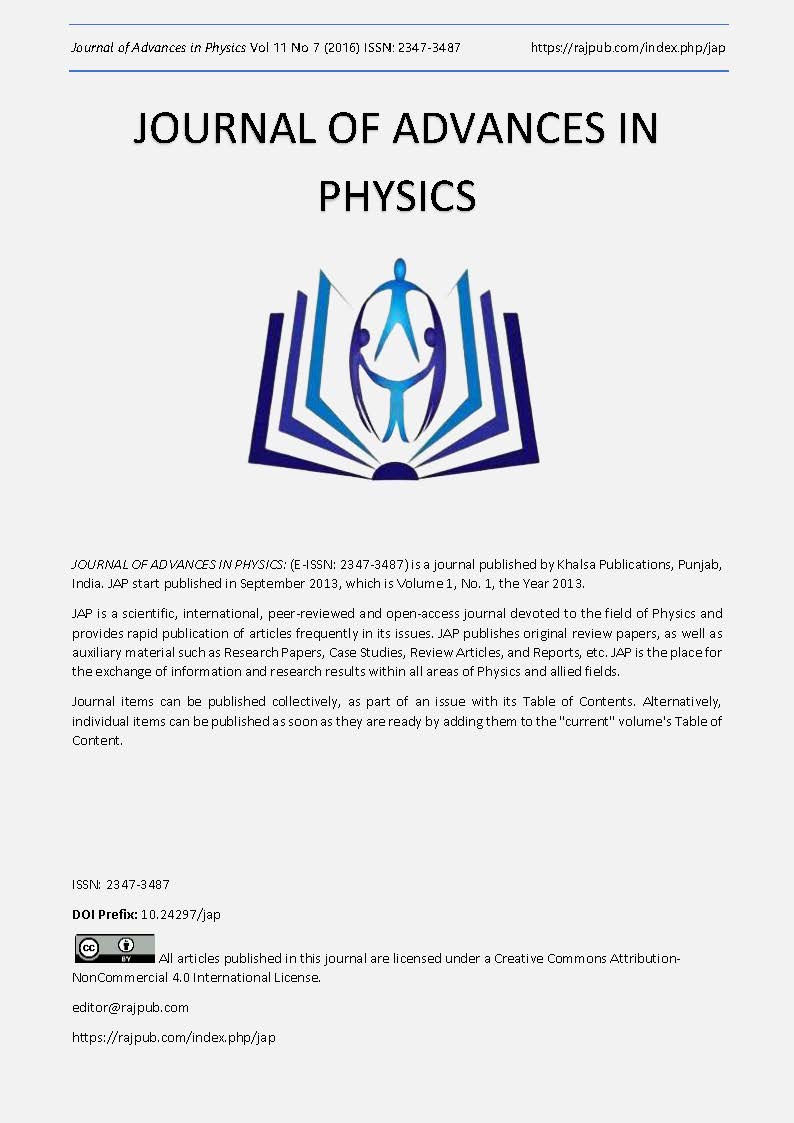The efficiency of application of virtual cross-sections method and hypotheses MELS in problems of wave signal propagation in elastic waveguides with rough surfaces
DOI:
https://doi.org/10.24297/jap.v11i5.344Keywords:
Rough surface, Cross sections method, Surface geometric heterogeneities, Weakly inhomogeneous surface, Hypothesis-MELS, Modelling of boundary value problemsAbstract
The efficiency of virtual cross sections method and MELS (Magneto Elastic Layered Systems) hypotheses application is shown on model problem about distribution of wave field in thin surface layers of waveguide when plane wave signal is propagating in it. The impact of surface non-smoothness on characteristics of propagation of high-frequency horizontally polarized wave signal in isotropic elastic half-space is studied. It is shown that the non-smoothness leads to strong distortion of the wave signal over the waveguide thickness and along wave signal propagation direction as well. Numerical comparative analysis of change in amplitude and phase characteristics of obtained wave fields against roughness of weakly inhomogeneous surface of homogeneous elastic half-space surface is done by classical method and by proposed approach for different kind of non-smoothness.Downloads
Download data is not yet available.
Downloads
Published
2016-04-30
How to Cite
Avetisyan, A. S. (2016). The efficiency of application of virtual cross-sections method and hypotheses MELS in problems of wave signal propagation in elastic waveguides with rough surfaces. JOURNAL OF ADVANCES IN PHYSICS, 11(7), 3564–3575. https://doi.org/10.24297/jap.v11i5.344
Issue
Section
Articles
License
 All articles published in Journal of Advances in Linguistics are licensed under a Creative Commons Attribution 4.0 International License.
All articles published in Journal of Advances in Linguistics are licensed under a Creative Commons Attribution 4.0 International License.




